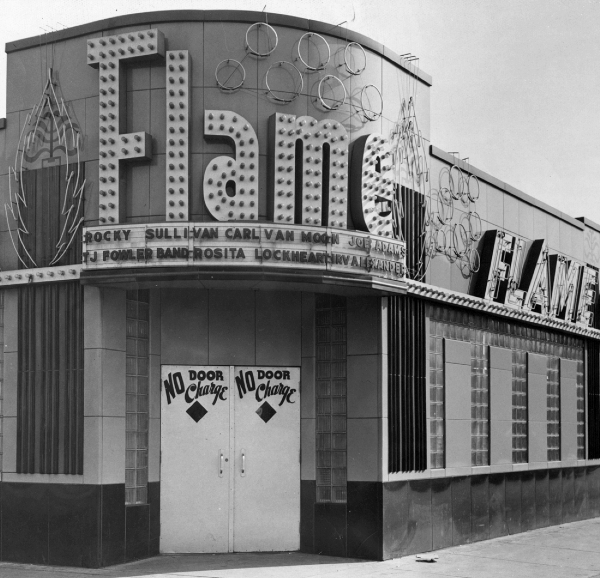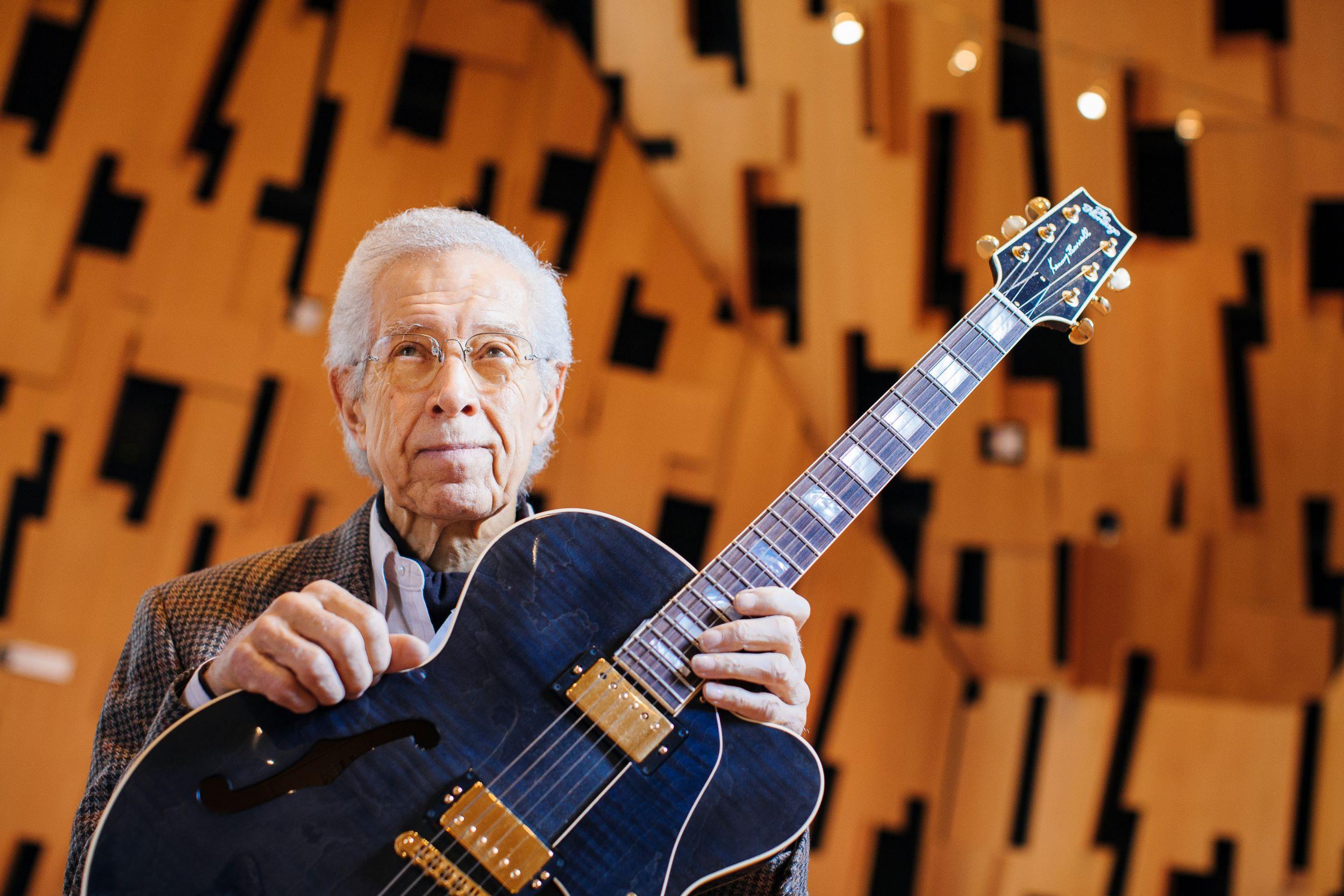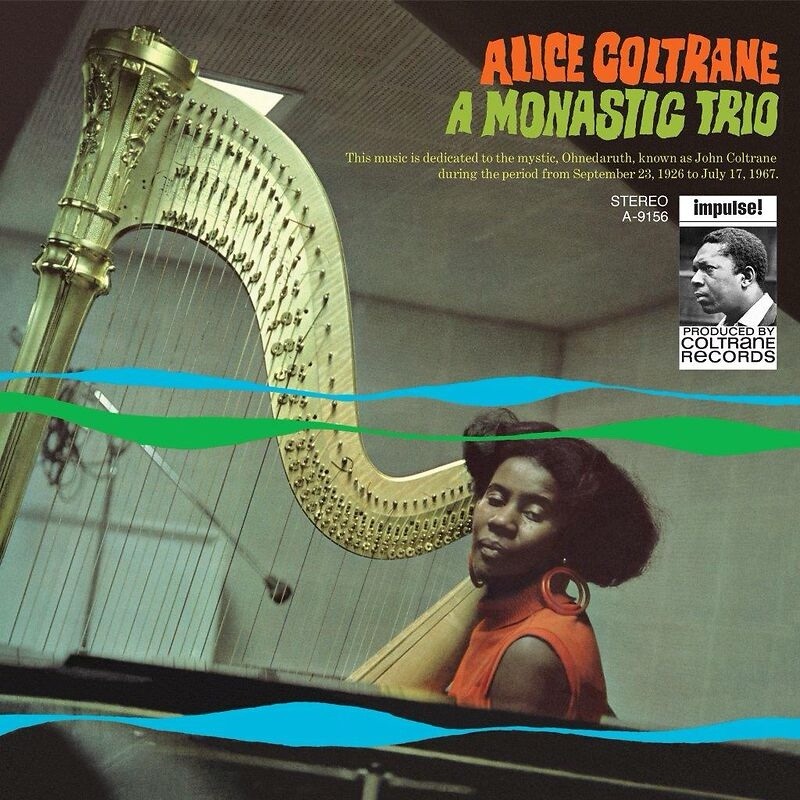While Jazz originated in New Orleans, Detroit has made notable contributions to the genre. William “Billy” Taylor, Ph.D. notes that the iconic sound was curated out of "West African rhythms, southern spirituals, the Blues, and European compositions. "One could say that these same influences existed in 1920s Detroit as Jazz's rise in the city coincided with the early years of the Great Migration.
Among the earliest of Detroit's Jazz Greats were McKinney's Cotton Pickers. Originally formed as a sextet, the band was expanded to ten players and was incredibly popular between 1927 and when the group disbanded in 1934 amidst the Great Depression. During that time, more than two dozen artists rotated in and out of the group--with many going on to establish their own legendary careers--including Don Redman, who as musical director and band leader led the Pickers to the height of their success.
In the 1930s, Detroit became a necessary stop for national jazz artists. Many venues in Black Bottom and Paradise Valley were known as "Black and Tan" meaning places that both African American and white audiences were free to patronize. The area surrounding Hastings Street was home to several small jazz bars, including Chesterfield Lounge, the Frolic Bar, Café Bohemia and Parrot Lounge, plus Harlem Cave and the Flame Show Bar, according to one researcher.

Later venues included The Greystone Ballroom and The Blue Bird, where greats like Charlie Parker and John Coltrane once played. The city's oldest remaining jazz club, Baker's Keyboard Lounge, opened in 1933, and sweet sounds can still be heard several nights a week. On the venue's website, they write,
Advancing technology, an improved economy, and an impassioned audience led to a boom in the industry during the 1940s and 50s. The 30s and 40s were considered the "Swing Era" and national stars were the big bands of Benny Goodman and Count Basie. In the 1950s, Detroit again boomed with the musical debut of artists like Kenny Burrell who began playing jazz guitar at the age of 12 and was quickly recording with the likes of Dizzy Gillespie and John Coltrane.

Other key figures included The Jones Brothers (Hank, Thad, and Elvin) as well as Tommy Flannagan. Most significantly, Donald Byrd and even Della Reese emerged as 1950s emerging jazz icons. Many Detroit artists would go on to record for one of the most iconic jazz record labels of all time, Blue Note.
Mark Stryker wrote for the Detroit Free Press that from 1954 to 1960, Julius Watkins, Frank Foster, Thad Jones, Kenny Burrell, Paul Chambers, Curtis Fuller, Donald Byrd, and Sonny Red all led sessions on Blue Note. Other Detroiters appearing on the label as a sideman included Tommy Flanagan, Louis Hayes, Pepper Adams, Roy Brooks, Elvin Jones, Roland Hanna, Barry Harris, Doug Watkins, Billy Mitchell, Milt Jackson, Gene Taylor, Al McKibbon, J. C. Heard, Hank Jones, and Tate Houston.
The 1960s marked a fork in the road.
"Shop Around" by The Miracles was released in the 1960s. The hit single would mark the
beginning of the Motown Era and a marked decline in public clamor for jazz music--not just in Detroit, but nationally. However, jazz artists would continue to emerge from the city during this time.
The 1960s and 70s would introduce the world to artists like Alice Coltrane, a celebrated harpist and bandleader, who would play with dozens of artists--including her husband, John Coltrane before the release of her first album, A Monastic Trio (Impulse!, 1968) where she played both piano and harp accompanied by saxophonist Pharoah Sanders, bassist Jimmy Garrison, and drummer Rashied Ali.

This era would also give us the highly regarded trumpeter and educator, Byrd, who was a prolific recording artist and bandleader, known for both hard bop and fusion. Byrd was a graduate of Cass Tech High School, which produced numerous musical greats and featured one of the only Harp & Vocal programs in the nation.
Byrd was the founder of The Blackbyrds, an American rhythm and blues and jazz-funk fusion group, formed in Washington, D.C., in 1973 and reformed in 2012 by Keith Killgo.
It would also introduce us to Marcus Belgrave, the acclaimed trumpeter who was inducted into the class of 2017 of the National Rhythm & Blues Hall of Fame in Detroit, Michigan. Crossing genres, during his career Belgrave recorded with Martha Reeves and the Vandellas, The Temptations, The Four Tops, Carl Craig, Max Roach, Ella Fitzgerald, Charles Mingus, Tony Bennett, Sammy Davis Jr., Dizzy Gillespie and more.
The list of jazz greats in Detroit could go on and on. The city is home to one of the largest free Jazz Festivals in the nation. For over 40 years, the Detroit Jazz Festival Foundation has celebrated Detroit’s rich history of jazz music by providing year-round concerts and educational programming, and of course, organizing the world’s largest free jazz festival, featuring world-class talent, over Labor Day weekend.
This year, let the rhythm move you and embrace the city's rich musical history and heritage at Hart Plaza.
EXPLORE MORE

Detroit’s Sonic Soul: The Impact of Black Music
A journey through Detroit’s iconic Black music scene, celebrating its pioneers, genres, and lasting influence on global sound.

Detroit’s Hottest Female DJs: Spinning the City’s Soundtrack and Beyond
These talented women are shaping Detroit’s music scene and making an impact worldwide.

Detroit’s Musical Mount Rushmore | 4 Legends You Know
Detroit’s musical legacy is as integral to its identity as the auto industry. Few cities can claim a cultural influence…



